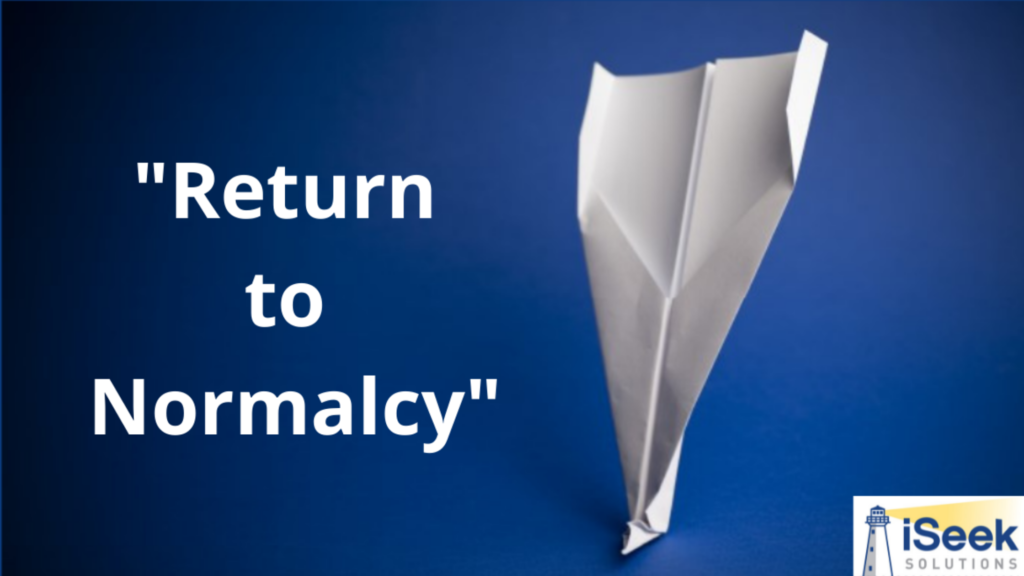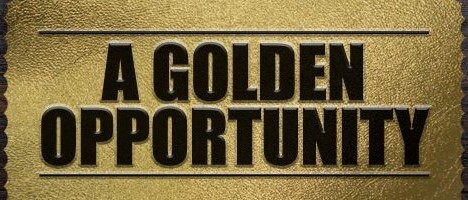It has been difficult to predict what the first quarter of the new year would bring for business owners, employees, and investors. COVID-19 has lingered, evolved, and has remained unpredictable over the past three years with minimal signs of letting up. The pandemic combined with supply chain issues and restrictions, The Great Resignation, and labor shortages higher prices across the board seem inevitable. The pandemic has accelerated several technology trends including health care innovation, sustainability, digital transformation, and remote/flexible work environments that drove many businesses into the digital era.
However, the most important question is – How is YOUR business performing so far – steady, growing, or stagnant? Organizations and business owners have learned during these challenging and pivotal times that to accelerate your business performance, an organization needs to understand the business’s current performance and future potential. Management guru Peter Drucker is often quoted as having said, “You can’t manage what you can’t measure.” and our iSeek Solutions team couldn’t agree more.
iSeek helps improve and accelerate your business by analyzing your year-to-date performance. We peel back the layers and review the health of your organization. Assessing health and performance early often will boost your business’ performance, resilience in such unprecedented times, and long-term growth.
Our free iBPA© – Business Performance Assessment provides an in-depth assessment of an organization’s addressable spend, organization alignment, and human capital. We discover cost savings, uncover revenue potential, increase operational effectiveness, and align vision, mission, and goals to enable winning outcomes.
Our iBHC© – Business Health Check diagnostic tool is used in associating and comparing your business purpose and desired objectives to actual outcomes.
As mentioned in our blog Early Detection may Save Your Life… and Your Business! a business health check, like a physical health exam, should be conducted regularly, no less than annually. A health check ensures the business is tracking towards its goals. It delivers insight into the overall performance of your business, uncovers opportunities for improvements, measures employee health and the end-user experience, and assesses the organization’s culture, engagement, and alignment. It’s an opportunity to make course corrections, mitigate or exploit risks or market changes or take advantage of new and innovative solutions.
Don’t wait until the next quarter or when your organization is sinking, make sure your business’ performance is on the right track as the first quarter of 2022 comes to a close.










